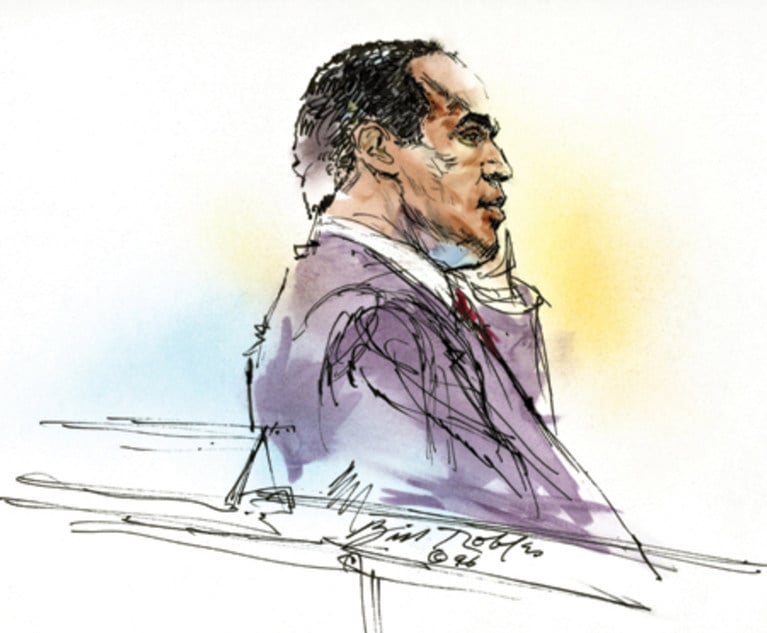With the passing of OJ Simpson, we go back to 1995 and “the most dramatic courtroom verdict in the history of Western civilization,” as The Washington Post called it.
“If the glove doesn’t fit, you must acquit.”
Was there ever a more memorable instruction given to a jury? On the face of it, this looks like a risky piece of grandstanding.
In this Lean Adviser lesson, 29 years on from the trial and following the April 2024 passing of O J Simpson, we revisit defense attorney Johnnie Cochrane’s now infamous quote, and we ask the question, was this ploy madness or masterful?
It worked in securing an acquittal, which many observers thought unlikely. But why did it work and what can we take away from it? Let’s break this down into a lean tip sheet for trial lawyers everywhere:
1. Ask the right question: For a law exam the right question to a jury would have been “Are you satisfied beyond all reason doubt that the defendant was guilty?” But for a real-life trial lawyer the right question was “does the glove fit?”
2. Give answers dressed as questions: In classroom theory, you should give the jury questions to resolve, with suggested right answers. But ‘you must acquit’ is not a question or even a suggestion. It’s an instruction. It’s clear, assertive and simple.
3. Use strategic storytelling: We often talk in Lean Adviser about the power of storytelling, because that’s what people engage with and remember. But what story? This glove story was about something helpful to Cochrane. The fact that it didn’t actually prove anything is strategically irrelevant. The point is, it diverted attention away from many other more awkward stories, like how the knife got there, Simpson fleeing the scene and the rest.
4. Follow the principles of lean: One of the tenets of lean law is to identify just what matters and focus on that. Communicate it within the team and to the client. Then find a way to express it concisely but clearly.
Litigator’s Voice: Framing Closing Arguments
Given this week’s topic, we thought we’d highlight an archived article from The Texas Lawyer on closing arguments that discusses the O.J. Simpson trial and the defense strategy.
The article, authored by Randy Gordon, Managing Partner of the Dallas office of Duane Morris, talks about causation and motive, and “when presented with a narrative of ‘what really happened’ at trial, jurors want to know more than this happened, then that happened, then the next thing happened. They want to know the reasons — the motivation — for why these things happened at all.”
Gordon points to the jury instruction during the Simpson trial:
“Motive is not an element of the crime charged and need not be shown; however, you may consider motive or lack of motive as a circumstance in this case. Presence of motive may tend to establish guilt. Absence of motive may tend to establish innocence. You will therefore give its presence or absence, as the case may be, the weight to which you find it to be entitled.”
The prosecution tried to use Simpson’s prior acts and character flaws (“extreme rage, jealously and violence”) to prove that Simpson was capable of murder. However, Gordon wonders if “… these prior acts and character flaws really supply a motive.”
Simpson’s lawyer, Johnny Cochrane, rebutted the prosecution by saying that they “substituted character evidence for motive evidence. His goal in exposing this flaw was to underscore that although motive is not an element of the crime, it’s an element of a story.”
Gordon contrasts this with the closing argument by the plaintiff’s lawyer in the civil case against O.J. “He wants to try to convince you that he wasn’t feeling rejected, he was the one who rejected Nicole. Now, why did he want to convince you of that? Because if he’s the rejected one, then maybe he has a motive to retaliate,” Daniel Petrocelli told the jury.
“In explicitly linking Simpson’s anger and frustration at a moment and time, Petrocelli embraces the role of the detective in a classic detective story — invariably starting with a dead body,” Gordon writes. “A masterful closing argument like Petrocelli’s is in the nature of an inquest, which, as Peter Brooks says of detective fiction, ‘exists in order to realize, to understand, to make present the story that led to the crime, so that the story in the present exists to retrieve the story of the past.’ Colored in this manner, the lawyer (especially the one with the burden of proof) can be said — in closing argument — to perform a retracing of an actor’s steps, to an end.”
Read more on the lean perspective of the O.J. trial and get more lean tips for trial lawyers in Lean Adviser Legal.
Read more on framing closing arguments here and gain insights from GCs by subscribing to Corporate Counsel. And gain access to lessons read by General Counsel on Lean Adviser GC.






